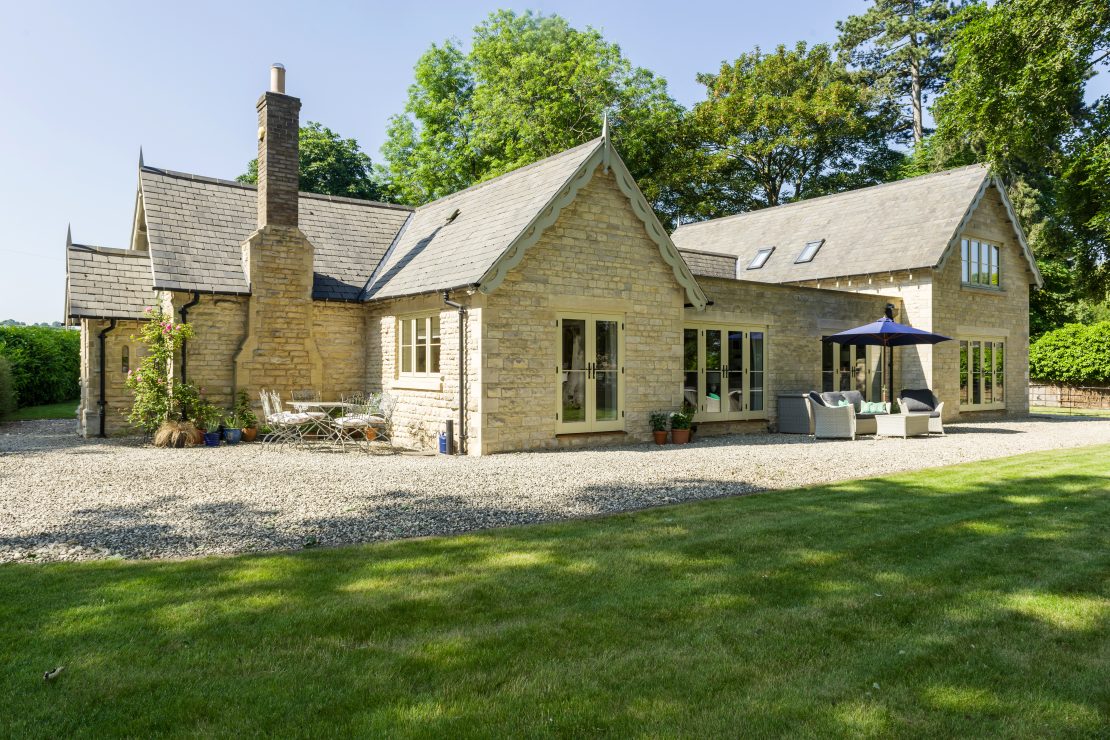March 14, 2019
Back in the 1960s there was a song; “Silence is golden” and for most of us this still resonates today!
Noise pollution is a daily problem for many and something that people struggle to manage in a wide range of environments because it is often unavoidable. The World Health Organisation has released its Environment Noise Guidelines which provides evidence that noise is one of the top environmental hazards to both physical and mental health in Europe.
In an attempt to deal with these risks, noise management has been enshrined in law under Part E of Building Regulations which talks about the “Resistance to the passage of sound”. Architects and specifiers also address acoustic performance and specifications into their plans in order to make homes more appealing and to enhance the living environment, particularly in towns and cities.
When does sound become noise? The science bit!
At school, we learnt that sound is a longitudinal wave that can travel through any medium except a vacuum which is why there is no sound in outer space. It is measured in decibels (dB) and frequency (hertz Hz).
Sound becomes noise when it is unwanted and considered to be a problem. This can be anything from quieter noise from another person listening to an MP3 player to a very loud noise at a rock concert.
Noise pollution can be very bad for our health physically and mentally but there are now numerous ways to ensure a home is performing to a very high standard acoustically. The weakest points in a home are usually the windows and doors because sound travels anywhere that air can travel therefore, a window and door with minimal air leakage will inevitably perform well.
The Noise Policy Statement for England defines noise pollution as:
- Environmental noise which includes noise from transportation sources
- Neighbour noise – which includes noise from inside and outside buildings
- Neighbourhood noise – which is noise from industrial and entertainment premises, trade and businesses, construction sites and noise in the street.
What is defined as too much noise?
This depends on the circumstances. The World Health Organisation recommends less than 30dB in bedrooms during the night for a good quality sleep and less than 35dB in a classroom to allow good teaching and learning conditions for example.
How can Building Acoustic performance be improved?
Masonry thickness is important for defeating sound, but the main area of weakness in a building is usually windows and doors. It is essential that they are fitted properly and warp free because this can affect the acoustics. Modern manufacturing techniques make timber windows as good as UPvC in this way. It is also important to ensure windows are sealed properly both within the unit and the reveal to prevent sound getting into the cavity of the building
Air tight seals are one of the best ways to control noise as well as the choice of glass in windows. It is possible to change glass configurations using glass manufacturers published centre pane performance for different glass make ups. We at George Barnsdale can compare these statistics to our own test data and get a reasonably accurate measure of performance. Quite simply, the thicker the glass the better it will perform and the better the acoustic inter-layer, the better it will perform.
Changing the gas in the glass unit can also improve acoustic performance, Argon is heavier than air and Krypton is heavier than Argon so it is possible to select the optimal solution depending on acoustic performance and budget.
If your project has an acoustic requirement, we can help to specify the optimal and most cost efficient approach. Contact us now.




















